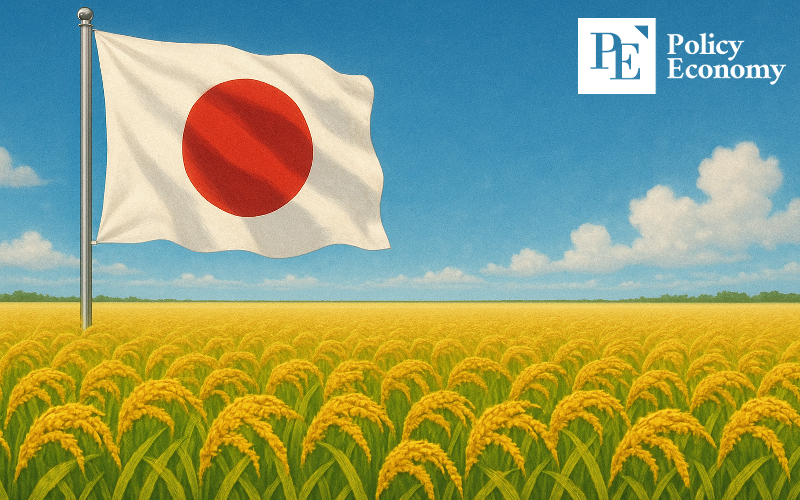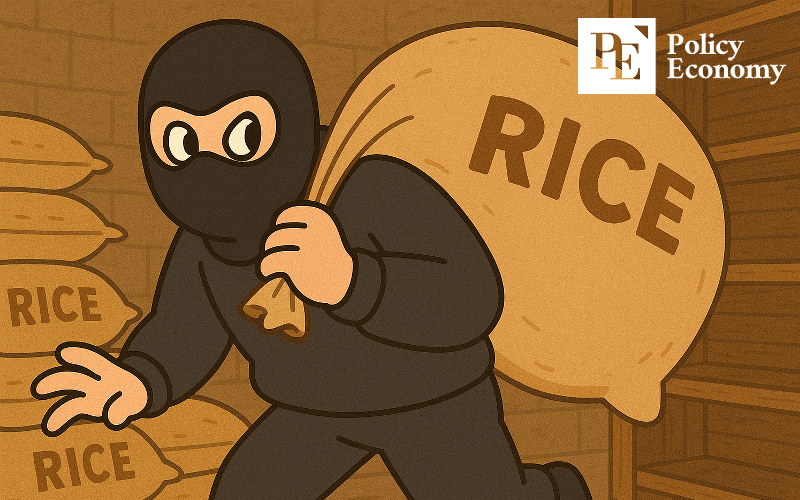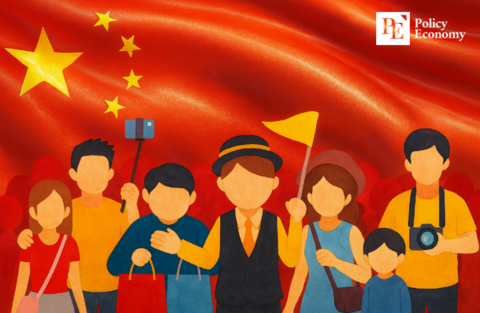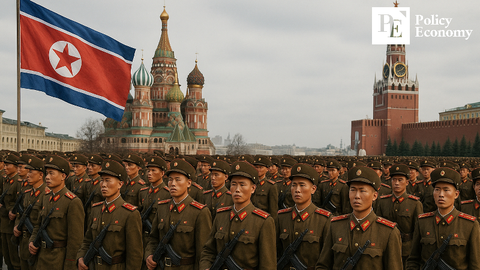"Eating Glutinous Barley Instead of Rice" — Japan Groans Under Skyrocketing Rice Prices
Input
Changed
Japan’s Rice Prices More Than Double Compared to Last Year “Even Rice Thieves Are on the Rise” — Daily Life Hit Hard Unprecedented Move: Japan Imports South Korean Rice

In a country where rice is more than just food—woven deeply into its culture, identity, and everyday life—the sudden spike in rice prices has sparked alarm across Japan. What began quietly in the summer of 2024 has grown into a nationwide crisis, now dubbed the "Reiwa Rice Uproar." From supermarket shelves to dinner tables, and even neighborhood storage sheds, the effects of this rice shortage are being felt in every corner of society. The combination of environmental stress, government policy missteps, and global demand has sent the price of Japan’s most essential staple soaring—and is now forcing Japanese citizens to change how they eat, how they shop, and even how they secure their food.
The “Reiwa Rice Uproar”: A Crisis That Won’t Subside
Japan's rice crisis intensified in the summer of 2024 and has continued into 2025 with little relief. Official data from the Ministry of Agriculture, Forestry and Fisheries, released on May 7, highlights the ongoing price surge. During the week of April 21–27, the average price of a 5-kilogram bag of rice sold in supermarkets reached 4,233 yen (approximately 41,000 KRW or $27.50). This was a modest 13 yen rise from the previous week but more than double the price of 2,088 yen recorded during the same period in the previous year—a sharp and alarming inflation rate for a food item central to Japanese cuisine.
The situation has been labeled the "Reiwa Rice Uproar," referencing Japan’s current imperial era. But behind the catchy phrase lies a complex web of causes. One of the primary drivers has been extreme weather, particularly record summer heat, which has led to poor harvests and damaged crop yields across key rice-producing regions. Adding fuel to the fire, the Japanese government has implemented policies to reduce rice production, including deliberate efforts to curb rice planting in favor of other crops—a strategy meant to stabilize supply-demand imbalances that, ironically, backfired in the face of climate disruptions.
Compounding these issues is the phenomenon of panic buying, with consumers and businesses hoarding rice supplies in anticipation of further shortages. Additionally, post-pandemic tourism—a welcomed economic boost for many sectors—has inadvertently worsened the crisis. As international tourists return to Japan in droves, their demand for traditional rice-based meals is placing extra strain on domestic supply.
In response, the Japanese government has attempted to stabilize the market by releasing reserve rice stocks through a series of public auctions. Three rounds have already taken place, with the reserve rice priced at around 3,500 yen per 5 kilograms. However, these measures have had limited success. According to a report by the Asahi Shimbun, distribution delays have left only 1.4% of reserve rice reaching retail outlets and supermarkets by mid-April, rendering the intervention practically ineffective.
Crime in the Cupboard and Changes on the Table
While the economic impact of the rice crisis is significant, it is the social consequences that reveal the crisis's depth. The strain on household budgets has led to a rise in food-related crime, especially in suburban and rural areas where residents often store bulk rice at home. In Ibaraki Prefecture, just north of Tokyo, police have reported 14 separate cases of rice theft since the beginning of the year, with the stolen quantities totaling approximately 4.5 tons. Authorities suspect that these thefts are motivated by profit, as stolen rice can be resold in secondary markets at high prices.
Chiba Prefecture, located adjacent to Tokyo, has also seen a spike in rice-related theft. One particularly brazen case involved 160 kilograms of rice stolen from a residential shed overnight. In Asahi City, part of northeastern Chiba, four separate thefts were reported in one month alone, with a cumulative loss of about 1 ton of rice. Police have launched investigations but warn that such thefts may become more common as prices remain high and black-market demand grows.
Faced with these economic and security pressures, Japanese households are adjusting their eating habits. Many are turning to glutinous barley (mochi mugi)—a nutritious, chewy grain that blends well with rice—to stretch their rice rations and feel fuller on less. Others are replacing rice meals entirely with cheaper alternatives like bread and pasta. Convenience store chains such as Lawson have also adapted, incorporating barley into their popular onigiri (rice ball) products, maintaining retail prices without absorbing further losses.
These changes signal a broader shift in Japan’s culinary culture. While rice has long been a symbol of prosperity and comfort, economic necessity is now driving consumers toward more cost-effective, if less traditional, options.

A Rare Solution: Importing Korean Rice
In a move that would have once seemed politically and economically improbable, Japan has begun importing rice from South Korea—a rare and telling sign of the crisis’s severity. According to Nonghyup International and the Korea Agro-Fisheries & Food Trade Corporation (aT), Japan imported 2 tons of South Korean rice in early April after completing customs procedures. Shortly afterward, an additional 20 tons were shipped, totaling 22 tons of imported rice.
This rice, sold under the brand name “Ttangkkeut Sunshine”, was produced by Okcheon Nonghyup in Haenam County, South Jeolla Province. Harvested in 2024 and milled in March 2025, the rice is now being sold through online platforms such as the Nonghyup website, Amazon Japan, and physical outlets in Shin-Okubo, Tokyo’s Koreatown. The price for South Korean rice, including shipping, is 9,000 yen (about 90,000 KRW or $59) for 10 kilograms, and 4,104 yen (about 41,000 KRW or $27) for 4 kilograms.
What makes this development especially remarkable is how rare South Korean rice exports to Japan have been historically. According to KATI (Korea Agro-Trade Information), there were only two previous instances—in 2011 and 2012, following the Great East Japan Earthquake—when Korean rice entered Japan, and both times it was for disaster relief, not commercial sale. This is the first time in decades that Korean rice has been imported to Japan as a consumer product.
Despite a hefty import tariff of 341 yen (around 3,400 KRW or $2.25) per kilogram, the explosive rise in Japanese rice prices has made Korean rice economically viable. As one market insider explained, “Even with the high tariff, the relative affordability of Korean rice has allowed it to compete with domestic products that are now simply too expensive for average consumers.”
Japan’s rice crisis is no longer just about economics or agriculture—it’s about culture, public confidence, and survival. As the government scrambles for solutions and households reimagine daily meals, this once-stable staple has become a barometer for broader structural strains. Whether the crisis will push Japan toward long-term changes in food security policy or merely serve as a painful chapter in the Reiwa era remains to be seen. For now, glutinous barley and imported grains are stepping in where domestic rice can no longer go.





















